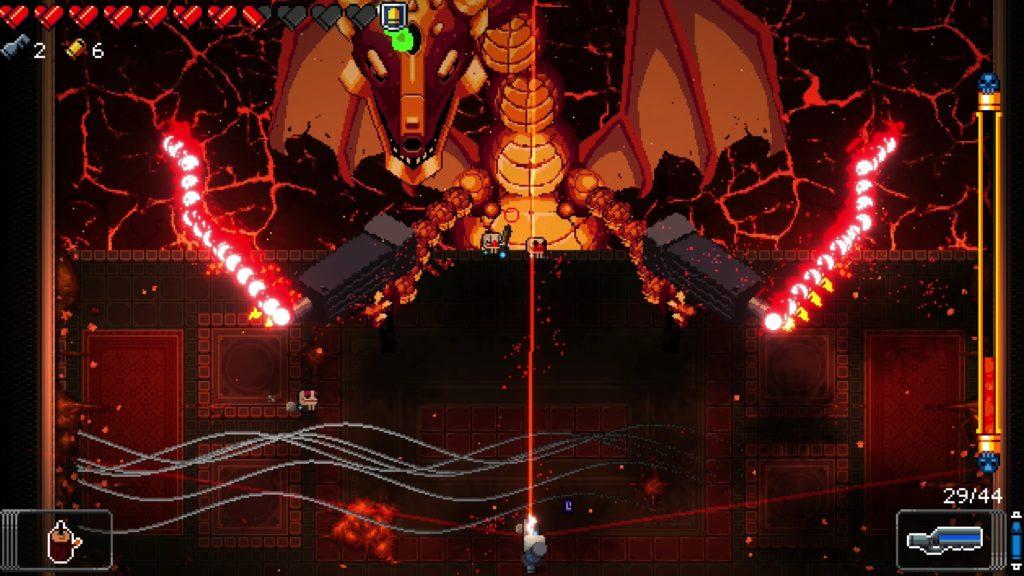This week, I played What Remains of Edith Finch (WRoEF) which is a game for players 13+ (the game contains some violence), available on PlayStation, Windows, Xbox, Nintendo Switch, and iOS, I played this game on my phone. The game was developed by Giant Sparrow, published by Annapurna Interactive, designed by Chris Bell, and written by Ian Dallas. The game is targeted toward people who like mysteries and I feel like is palatable to a wide age group because of this broad, popular theme.
This is a single player game (player vs. game) where the player has to navigate the house and interact with objects in the house in the first person point of view, having fun through Discovery of uncharted territory. Bell designed this game so players are not stuck in one point of view throughout the game, but rather they must navigate the different Finch’s lives and put together missing pieces by listening to each of the Finch’s stories. Through walking around the house and putting together the pieces themselves, the player becomes more immersed in the story and character they are put into the shoes of.

This game is pre-structured and the ending is awaiting discovery, meaning this game employs an enacted narrative theme. Through walking, the player must follow the path the designer sets out for them. In Barbara Finch’s flashback, I wanted to run out the door, but there were certain spaces the player couldn’t go to because it was outside the scope of the game’s narrative. In the scene, an intruder breaks into the Finch house and Barbara knocks the intruder down a flight from the second floor to the first floor. The dialogue, music, and direction of the game tell the player to go downstairs and “make sure the job is done” whereas, I the player, wanted to do everything but go to where the intruder was. The game designer knowing this, made the player’s action limited enough such that the player knew they had to go to the first floor (where the intruder was waiting to hit them).
Another game that employs the enacted narrative theme is Episode, where many different player choices lead to distinct outcomes. WRoEF is different from Episode because the player has the most control throughout the gameplay, however, this also leads to what I believe is one flaw in the design of the game: the game tries to lead players in a specific direction but the walking simulation and lack of cues can lead to a frustrating amount of free will. Sometimes, the clues are more hidden and the game design wasn’t abundantly clear in which next move I should take to progress the plot. This was important for the walking simulator aspect of the game, but I did get tired at certain points looking for where I was supposed to go next. The game designer could have added a bit more guidance for players to navigate the space and find the necessary hidden clues/moves without spending too much time searching by providing sound or visible, visual cues for where the player should step next.
Otherwise, the design of walking allows the player to understand the significance and history of the Finch house and turn fragments of the Finch’s experiences and perspectives into a full story to understand why the game itself is called What Remains of Edith Finch (Environmental Storytelling in Game Design as Narrative Architecture Reading).

Ethics:

My experience playing violent games in general (League of Legends & Fortnite) felt much more different than my experience with violence in WRoEF. WRoEF by design of its walking simulator pushed for immersion in the game’s environment. The murder and eating of different animals in the young Finch’s dream felt much more immersive and gory to me than both League of Legends and Fortnite. I felt like, because this was from a first person, immersive point of view, I was attacking the animals myself. Comparatively, in League of Legends & Fortnite, I don’t feel much of a connection to the violence because violence is the game. The purpose of Fortnite is to be the last player standing and the purpose of League of Legends is to protect your own Nexus and destroy the enemy’s. Killing in What Remains of Edith Finch felt more purposeful, harmful, and targeted, which is why I thought violence in the walking simulator’s design had a more profound impact on the experience.
The inclusion of violent elements by the game designer changed the way WRoEF tells the story because it added fear and horror to the player and the game’s narrative by pushing the player to wonder how a child could be dreaming of such horrific things.




